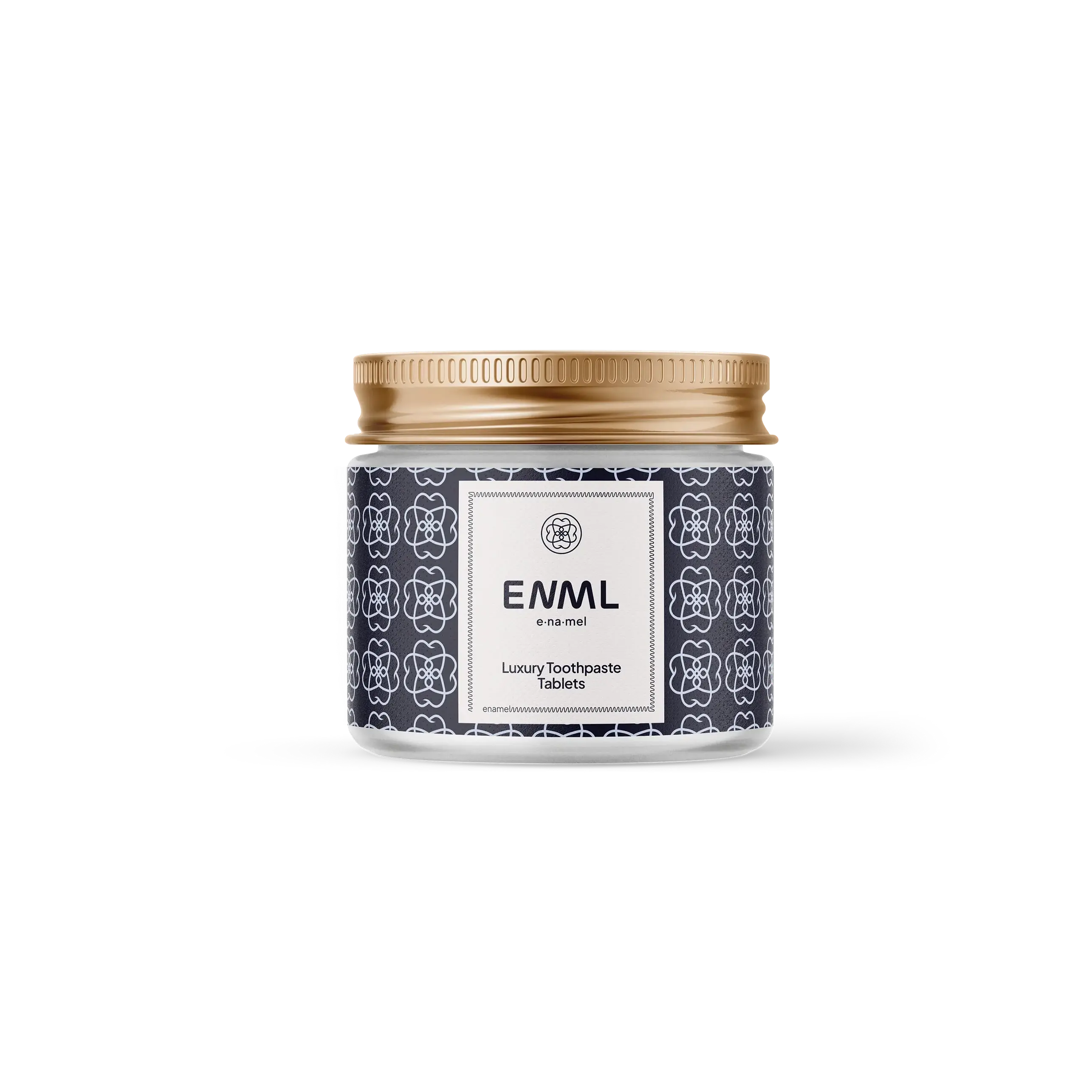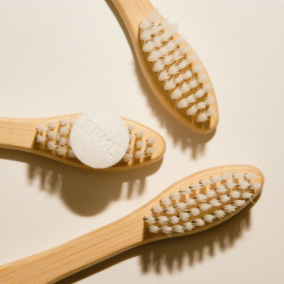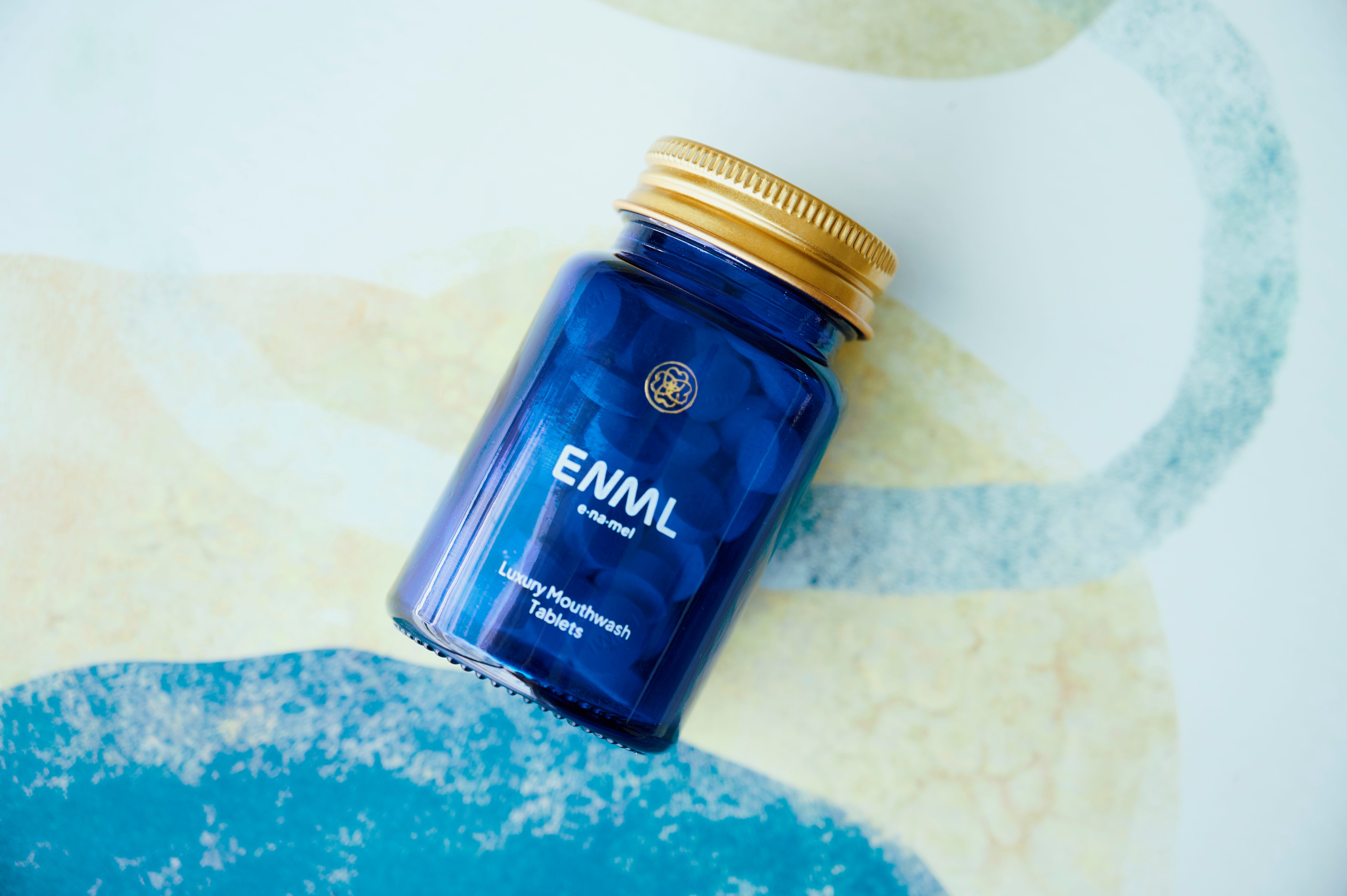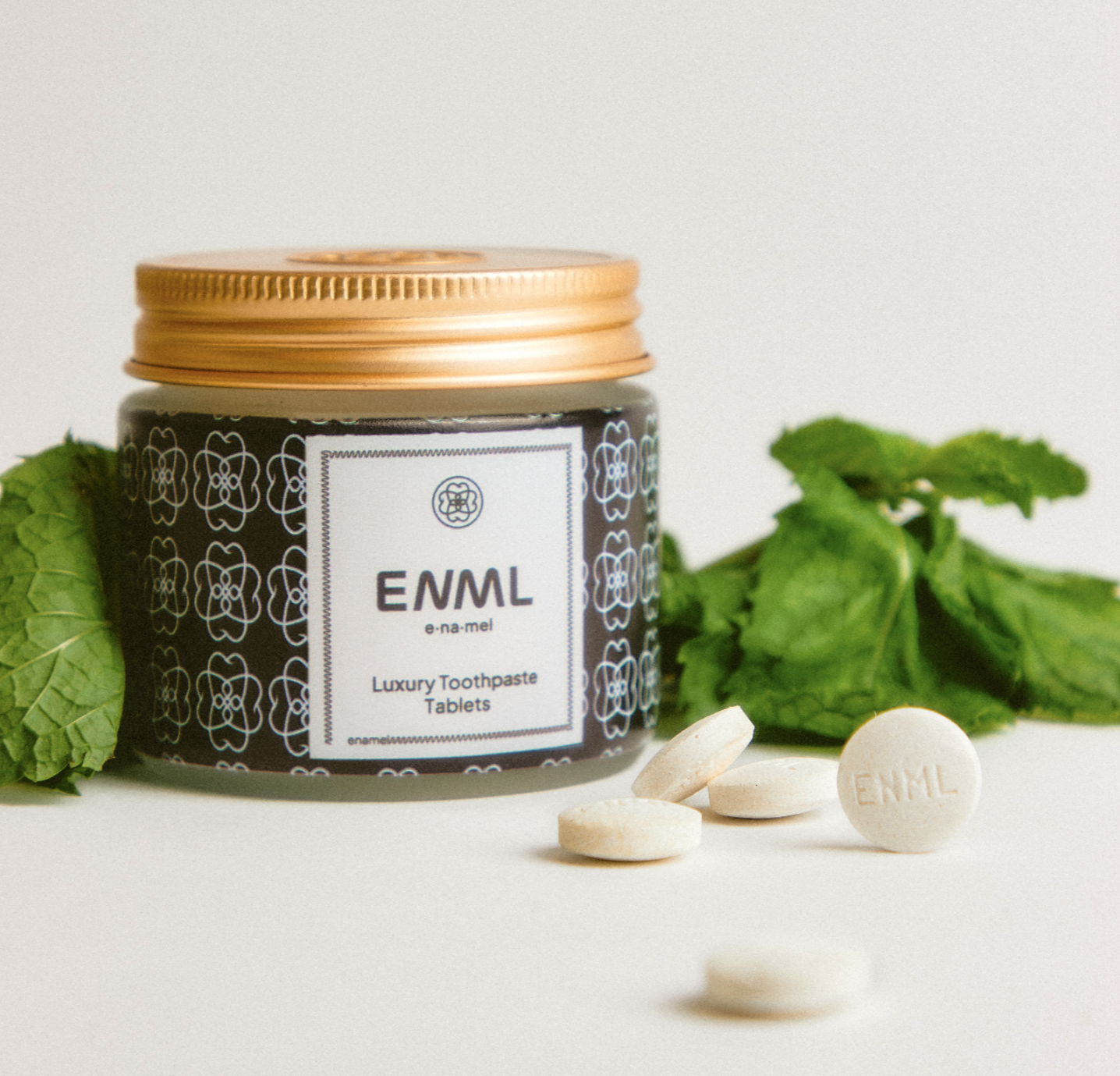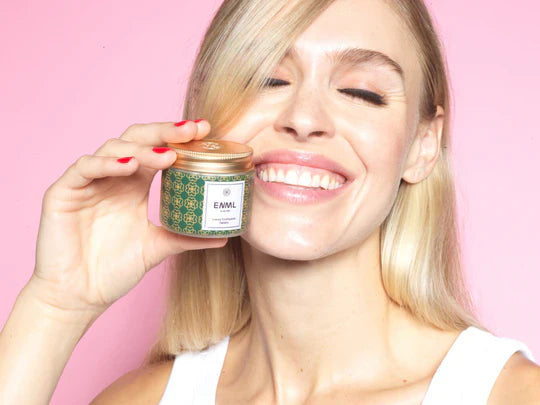A perfect oral care routine doesn't just happen—it’s a process built on proper techniques and effective products. While brushing is often given the spotlight, the sequence in which you care for your teeth matters just as much. Dr. Zachary Aberth dives into the essentials of flossing, rinsing, and brushing to create an optimal routine that does more than just clean your teeth—it treats them.
Flossing is often misunderstood, but it plays a crucial role in loosening plaque and debris between teeth. Paired with a water pick or a mouth rinse, it detoxifies the mouth and prepares teeth for brushing. The final step, brushing with a product like Enamel Toothpaste Tablets infused with microhydroxyapatite, strengthens and desensitizes teeth while providing a thorough clean. Let’s explore the science and strategy behind this effective routine.
Why is the Sequence of Oral Care Important?
The sequence of flossing, rinsing, and brushing is designed to maximize the effectiveness of each step. Flossing removes trapped debris and loosens plaque. Rinsing washes away loosened particles and detoxifies the oral environment, while brushing with microhydroxyapatite delivers targeted treatment to protect and strengthen teeth.
💡 Related Post: New Year, New Habits: What to Expect When You Start Flossing Again
Key Questions and Answers
Why is flossing the first step?
Flossing dislodges trapped debris and breaks up bacterial colonies between teeth, making it easier to clean these areas in the next steps.
Is flossing enough to clean between teeth?
No, flossing loosens particles but doesn’t fully clean the area. Follow it with rinsing or a water pick for thorough removal.
Why use a water pick or rinse after flossing?
These tools flush out the loosened debris, leaving your mouth refreshed and ready for brushing.
How does microhydroxyapatite toothpaste enhance brushing?
Microhydroxyapatite strengthens enamel, reduces sensitivity, and supports remineralization, making it a superior alternative to fluoride-based products.
Should you rinse after brushing?
No, rinsing after brushing washes away the microhydroxyapatite or fluoride, reducing its effectiveness. Let the toothpaste sit on your teeth for maximum benefit.
Benefits of a Proper Oral Care Routine
-
Enhanced Plaque Removal: Flossing and rinsing remove debris that brushing alone might miss.
-
Stronger Enamel: Brushing with microhydroxyapatite reinforces teeth against decay.
-
Reduced Sensitivity: The toothpaste desensitizes teeth while cleaning them.
-
Healthier Gums: Flossing prevents gum disease by removing plaque from between teeth.
-
Fresher Breath: The combination of rinsing and effective brushing leaves your mouth feeling clean and refreshed.
Dos and Don’ts for a Complete Oral Care Routine
Dos
-
Floss Daily: Always start your routine with flossing to loosen plaque and debris.
-
Use a Water Pick: Enhance cleaning with a water pick or mouth rinse after flossing.
-
Brush for Two Minutes: Spend sufficient time brushing every surface of your teeth.
-
Use Enamel Toothpaste Tablets: Benefit from microhydroxyapatite to strengthen teeth.
-
Allow Toothpaste to Sit: Let the toothpaste work on your teeth by not rinsing it away.
Don’ts
-
Skip Flossing: Ignoring this step leaves plaque and debris in hard-to-reach areas.
-
Rinse After Brushing: Avoid washing away the protective layer created by your toothpaste.
-
Rush the Process: Each step is essential for optimal oral health—take your time.
-
Use Abrasive Products: Stick to gentle, effective options like Enamel Toothpaste Tablets.
Lifestyle Integration
Integrating an advanced oral care routine into your daily life doesn’t have to be complicated. Start your day by flossing to remove overnight buildup, followed by rinsing or using a water pick for an added layer of cleanliness. Evening routines can mirror the morning but with a focus on leaving toothpaste on your teeth overnight for extended benefits. Keep Enamel Toothpaste Tablets and mouthwash tablets in your travel kit for an easy, sustainable oral care solution wherever you go.
Scientific Backing or Research Highlights
Studies show that microhydroxyapatite is a highly effective alternative to fluoride in oral care. It mimics the natural composition of enamel, filling microscopic cracks and restoring teeth at a structural level. Unlike fluoride, which forms a protective barrier, microhydroxyapatite integrates directly into enamel, providing long-term benefits such as reduced sensitivity and enhanced remineralization. Research further highlights its safety and compatibility with various lifestyles, including those seeking non-toxic and eco-friendly oral care options.
Conclusion
Building a robust oral care routine isn’t about adding complexity—it’s about taking the right steps in the right order. Start with flossing to loosen debris, rinse to detoxify, and brush with Enamel Toothpaste Tablets to strengthen and protect your teeth. By incorporating microhydroxyapatite into your daily routine, you’re elevating your oral health and treating your teeth, not just cleaning them.
Ready to transform your routine? Discover the science-backed benefits of Enamel Toothpaste Tablets and experience the difference for yourself. Shop the collection today at ENML Toothpaste Tablets.
Transcript
The first thing that you would want to do is flossing. And the reason being is that like, flossing is like you have a piece of string and you're just putting it between your teeth and kind of like rubbing your teeth a little bit. It's not really cleaning anything, you're just kind of like, debreeding some little bacterial colonies that started forming there, you're just trying to loosen everything up.
I mean there's nothing special about floss, it's a piece of string, you're not, you're not cleaning anything. You got it all loosened up and then I think then's the time you would want to go through with your water pick, kind of flush around there. Or you could be Doing more with like, if you want to do a mouth rinse at that time, that's kind of the best time to do that.
Kind of rinses it out, kind of detoxes everything, everything's loose. And then you got your nice toothbrush and you got your enamel, obviously. What else is there to use? And I mean, it's essentially a medicine. I mean, you're putting it on your teeth. You're not just cleaning your teeth, but you're treating it with that micro hydroxy appetite.
To help remineralize and desensitize the teeth. And the last thing you want to do is like rinse all that off with a mouth rinse, right? It's like, you don't want to be throwing Listerine and just rinsing it off your mouth.


